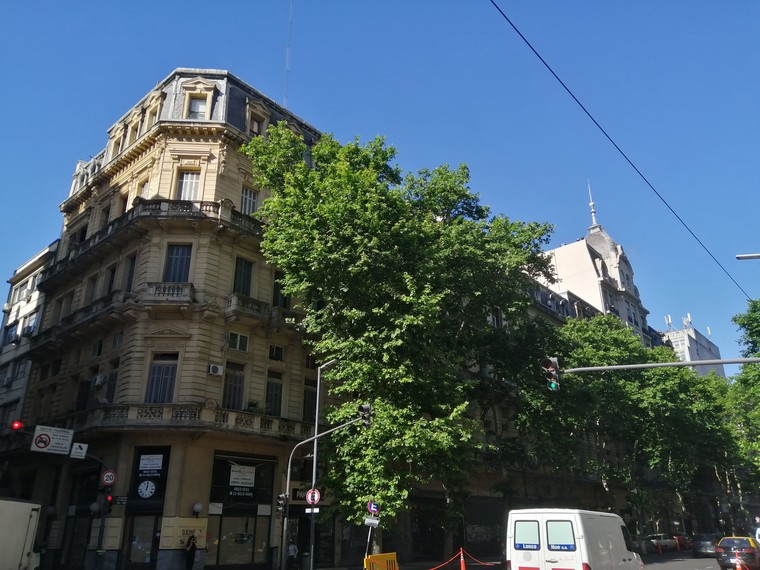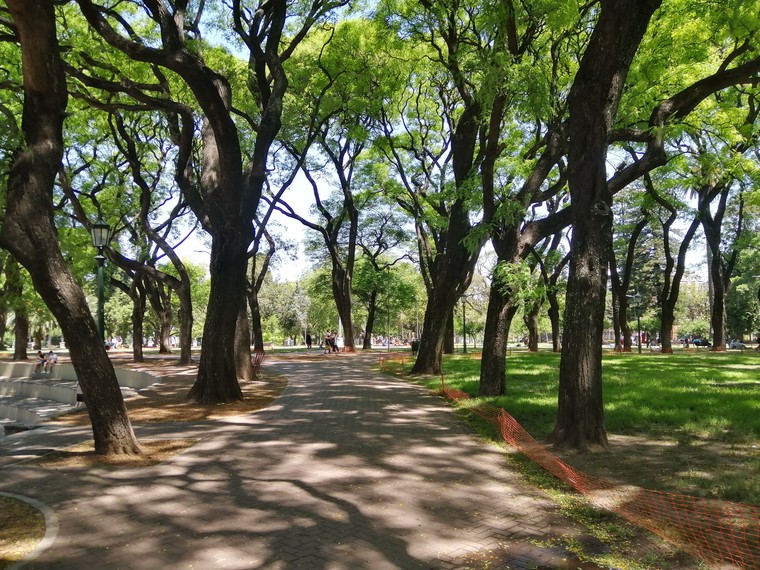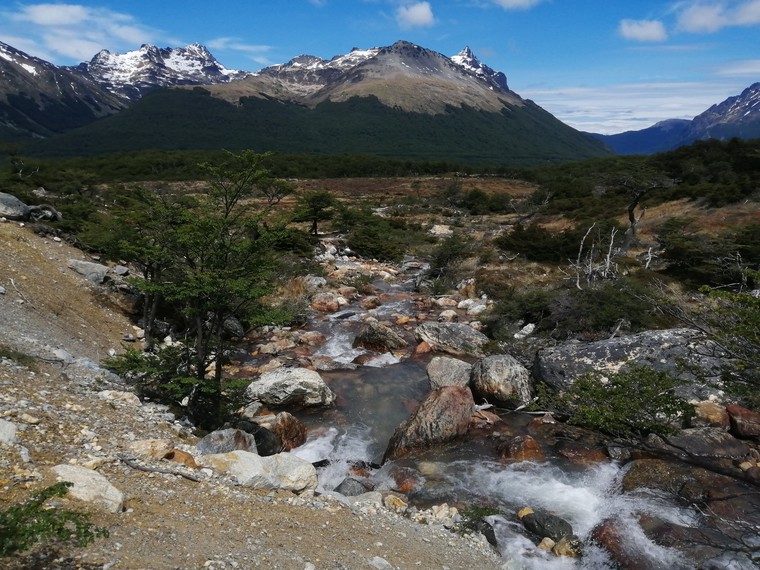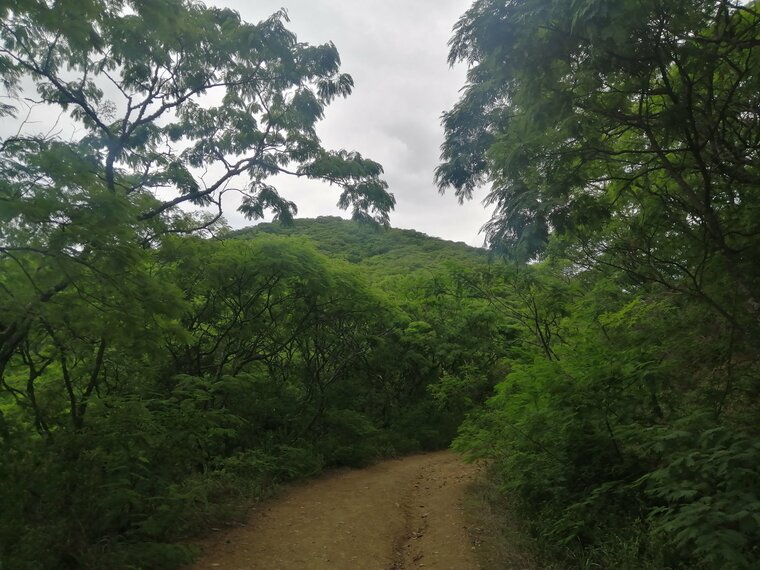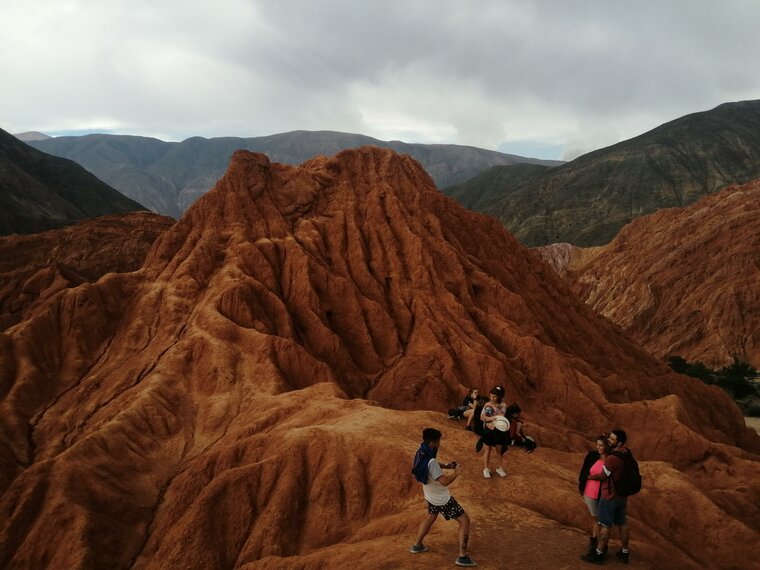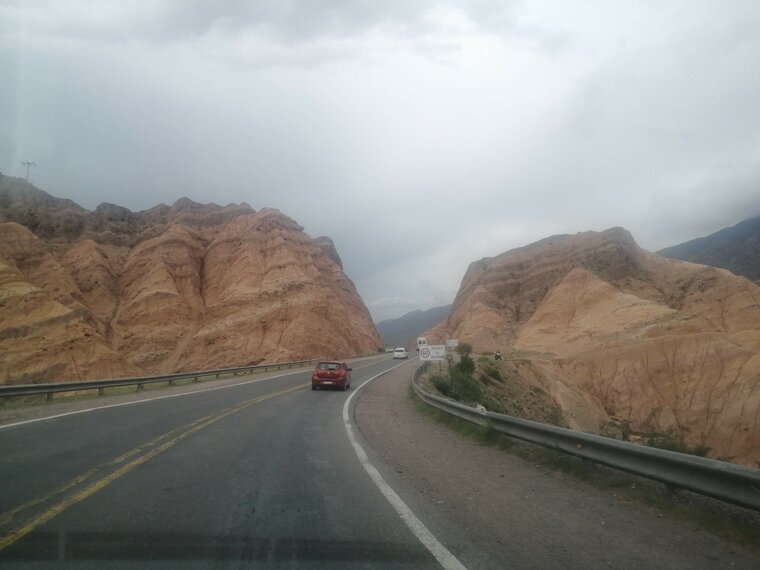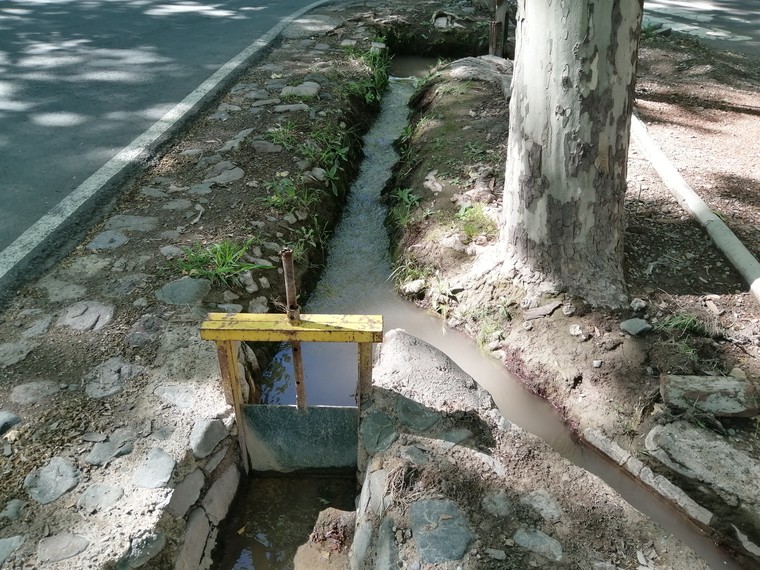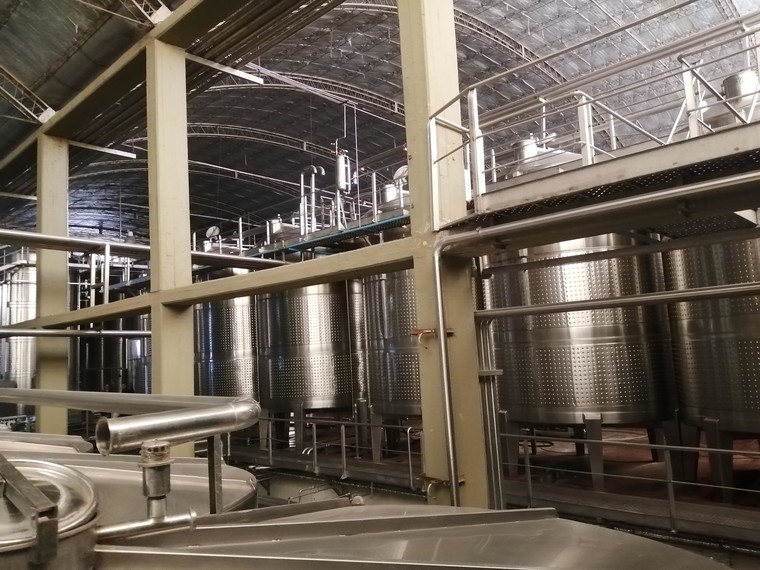
It has always been depressing to read the news, but lately it seems to be starting to hit an unbearable level. War. Climate change. Inflation. Orbán's bullshit. Price cap. Don't get your hopes up, it won't get better for a while. (Update from 2024: I told you so)
Let's pack!
Escape the Apocalypse, Part I: Argentina
I have to start with some bad news right away: There are powerful and corrupt politicians here as well, but if you want to get as far away from everything as possible, there are very few better places. Only Pacific Islands or New Zealand have a chance.


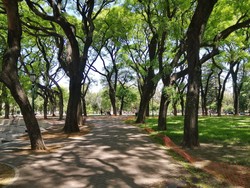
In unorthodox economic policies, however, even we are ticked off. Surprising isn't it? But that's the way it is. They know very well, how to continuously devalue their currency so that people don't notice that they have less money week by week. They are also masters of utility reduction. Petrol, gas, electricity, pretty much everything is cheaper compared to neighboring countries.
If this hasn't taken your fancy yet, let's look point by point at what this country can offer for us.
Argentina is also good for us from the point of view that culturally they are perhaps the closest to us in South America. The population here has the largest proportion of European ancestry and they also tend to perform well on the list of the saddest and most pessimistic countries.
Our compatriots who are still apathetic about Trianon will find common ground with the Argentinians in half a minute. Their national target is called the war for the Falkland Islands. (Las Malvinas in Spanish) It would be logical for the islands to belong to Argentina due to their proximity, but the British thought otherwise for strategic reasons and the Argentines lost the war for the desolate islands inhabited by only a few hundred people.
Another similarity is that they also hate their neighbors. They have had territorial differences with Chile since time immemorial, but the Chileans put the nail in the coffin of their relationship by siding with Great Britain in the battle for Las Malvinas. Argentina gained territory from both Bolivia and Paraguay through wars, but time has mostly covered these wounds and even if people still feel bitterness, it has no effect on political relations. Argentinians also complain about the fact that they do not get anything from the power plant produced by the Itaipu dam built on the Paraná River. And the relationship with the Brazilians deteriorated considerably due to the emergence of Bolsonaro.
The climate is an absolute win. Whatever climate you prefer, you'll find it here..
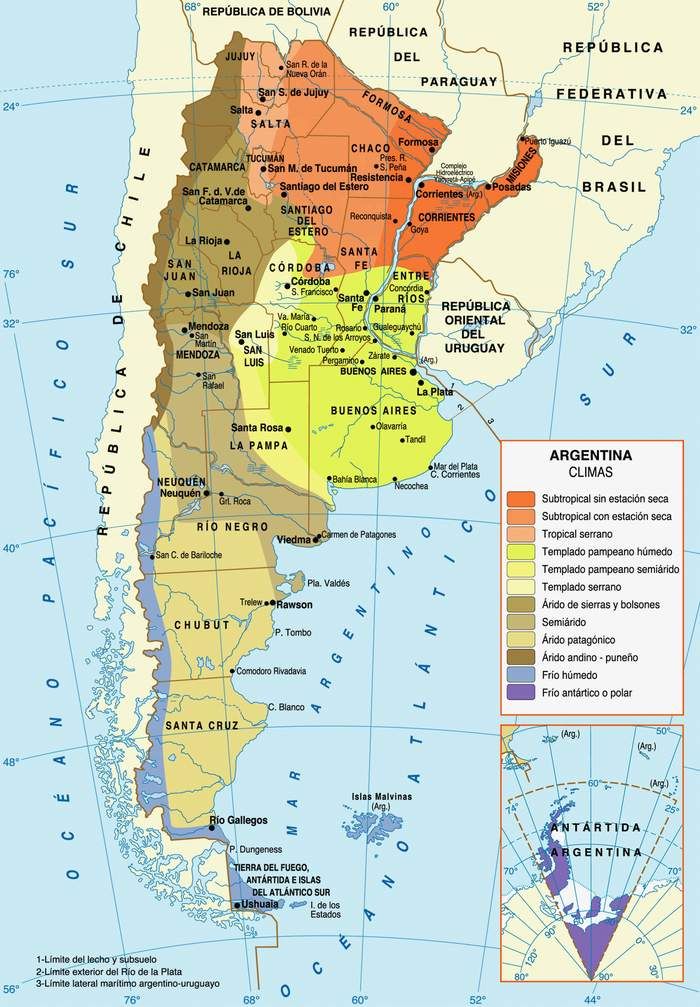
All the way to the south there tundra climate. It is a bit unpleasant because of the constant arctic winds, but the summer is quite tolerable, with lots of sunshine, but it often rains and sometimes snows. Of course, winter is long and dark, but you can accept this in exchange for the pleasant knowledge that a total of just over 1 million people live in your 1,500 km area. This small circle has almost the same area as Australia.
Heading north, we arrive in Patagonia, in the province of Santa Cruz. A vast, bleak, cold desert stretches here, and only among the mountains of the Andes can we find more livable forested areas. But once you are there, they are beautiful. Fortunately, the Argentinians are a little better at environmental protection than Hungarians, so these beautiful forests are protected areas almost without exception. No people can live here, and there is no agricultural activity, not even forestry. So you can't live here, but for hiking it's great.
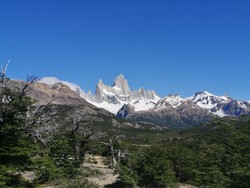
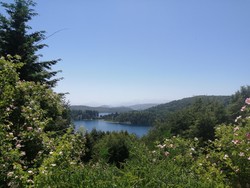

Going even further north, the line-up is similar. In the provinces of Chubut and Rio Negro and Neuquén, next to vast deserts, a narrow, magical strip of forest stretches at the foot of the Andes. Here, more and more settlements are hiding among the mountains. Summers are longer and warmer. If you are looking for something similar to the Hungarian climate and you want to minimize the number of your neighbors, then somewhere here is your perfect place. There are also settlements on the coast of the Atlantic Ocean, but the climate is dry and cold there, personally I am not a big fan of that.
Moving closer to the equator, we find ourselves on the infamous Pampas. The provinces of La Pampa, Buenos Aires, San Luis and Cordoba actually form a large, contiguous cattle pasture. It covers an area the size of 10 Hungary's, which is only sporadically interrupted by fields, lakes, forests, and settlements. The weather here can also be said to be good by European standards. The summer is a little more humid and warm and the winter milder.
The provinces of Mendoza and San Juan would be covered by a hot desert, but human has turned them into a livable region by using the rivers flowing down from the Andes. Its climate is therefore dry all year round, warm in summer and chilled in winter.
From here, wandering a little further north, we arrive at the world of cold and barren deserts at an altitude of 3-4 thousand meters. The provinces of La Rioja, Catamarca, Salta and Jujuy share this not-so-friendly region. However, all 4 provinces have much more livable areas. At the junction of the mountains and the plains, a series of valleys with wetter and milder weather offer shelter to people. This region has the most extensive forests in Argentina and they are most similar to their Central European counterparts. Looking at satellite images, it seems that many people have already discovered this landscape for themselves.
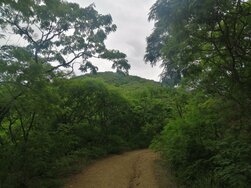

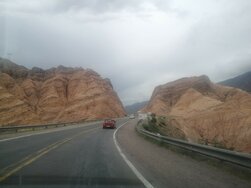
At the end of the list are the endless plains of the Paraná lowland, in the north and northeast of the country, where a humid, warm subtropical climate prevails. It looks just like the Pampa, only that here the cows cool off under palm trees. Misiones stands out a little from them, where, thanks to the higher mountains, the rainfall is more frequent and the heat is more tolerable.
Let's look at the economy:
A little over 100 years ago, Argentina was one of the richest countries in the world. European immigrants poured into the country and with them capital, Buenos Aires has grown into a metropolis. It was among the first cities in the world to build a subway. An inattentive observer could have mistaken it for Paris. Unfortunately, it's all in vain. The bright past was followed by a slow collapse. The country suffered 7 state bankruptcies until the 2020s, when analysts predict another coming.
However, when traveling around the country, the picture is not so depressing at all. Their cities are orderly, there are beautiful parks everywhere. Public services are available to everyone and are cheap. Public transport is good and also ridiculously cheap. (about 20 cents for a line ticket in Buenos Aires) Education and healthcare are free. On the other hand, they have a debt proportional to GDP of 68% (yes, it is bigger for Hungary), which they can only repay with continuous rescheduling.
The exchange rate of the Argentin Peso is one of the central players in their struggle. There is an official exchange rate, which is actually just an appearance. In addition to continuous weakening, they keep the peso in an artificially stronger position than market processes would allow. The result is that on the black market, a dollar costs about twice as much as officially. You can buy foreign currency at the official exchange rate, of course only in limited quantities. And Argentines are hit with a harsh extra tax on foreign spending. This is how they collect the "strong" peso, so they can more easily pay off their debts. On the other hand, it significantly rejects exports, because everything looks twice as expensive from the outside as calculated at the official exchange rate than it really is.
Based on this, its economy is relatively closed and in many respects self-sufficient. 30% of GDP can be linked to international trade, while in Hungary, for example, this number is 80%. However, they can easily do it, because they are self-sufficient in food and have enough oil.
Their lowlands are among the best agricultural areas in the world, producing large quantities of wheat, corn, sunflower and soy. All this in addition to the fact that 14.5 million cattle graze on their grassy plains, but there are also many llamas in the colder mountainous regions. They also produce excellent wines. The growing areas are mainly around Mendoza and San Juan. I was surprised that they produce 4 times as much wine as Hungary. The selection, on the other hand, is not very large, but it is also unnecessary to choose. You have to drink Malbec and you're done. It never disappointed. There are also extensive almond and olive plantations around Mendoza, as well as considerable vegetable production.
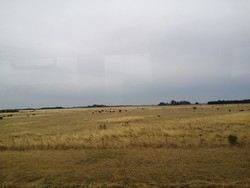

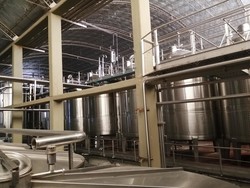
There is also plenty of oil and natural gas in the country, but currently hardly any of it is exported, in any case, they can be said to be self-sufficient in this respect. Mendoza is also one of the most significant in hydrocarbon production. Neuquén, the southern part of Patagonia and the area around the Bolivian border are also important in this category. Just a few days ago, the president of Argentina was talking to the EU about their LNG, while the Brazilians are buying it from Russia. We live in wonderful times in 2022. You quarrel with your neighbor, so you'd rather buy gas from the Russians on the other side of the world, because they also quarreled with their neighbors.
The country is also self-sufficient in terms of electricity. Their production relies primarily on gas-fired power plants, but they also have two smaller Nuclear Power Plants, one in Buenos Aires and the other near Cordoba. Wind, water and solar power plants are only a small part of the country's energy mix, even though they all have huge untapped potential.
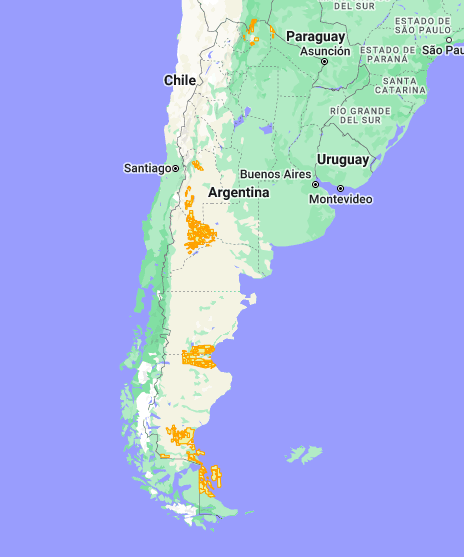
And then let's get to the point: Under what conditions can someone settle in Argentina? Well, it doesn't take much. In the first instance, you should have a passport, proof of address, or an invoice and a criminal record. If this is the case, there are several options to choose from. You can be retired, dependent. You can come to study or start a business, but it may also be enough if you show what qualifications you have. In each case, a certain level of income or existing capital must be proven, but these limits are not too high.
At the end, I would like to say once again that I usually ask anyone, everyone has a worse opinion of Argentina than I do.
Source:https://www.argentina.gob.ar/economia/energia/energia-electrica/estadisticas
https://www.argentina.gob.ar/economia/energia/energia-electrica/hidroelectrica/ hidroelectricidad-en-argentina-y-en-el-mundo
https://atalayar.com/en/content/alberto-fernandez-argentina-can-be-supplier-liquefied-gas-spain-and-distribute-it-europe
https://atalayar.com/en/content/argentinas-foreign-debt-falls-relation-gdp#:~:text=During%20the%20first%20quarter%20of,%2C%20reached%2080%25%20during%202021.
https://santandertrade.com/en/portal/analyse-markets/argentina/foreign-trade-in-figures?actualiser_id_banque=oui&id_banque=10#:~:text=The%20country's%20main%20exports%20include,%25)%2C%20electrical%20apparatus%20for%20line
https://www.statista.com/statistics/983012/catttle-number-heads-argentina/
https://winefolly.com/deep-dive/south-america-wine-regions-map/
https://www.statista.com/statistics/421076/volume-of-wine-produced-in-hungary/
https://www.statista.com/statistics/982390/wine-production-latin-america-country/
Tőkési Sándor, Hof, Németország, 2022.07.13.
Translated: Tőkési Sándor, Hof, Németország, 18.05.2024.
